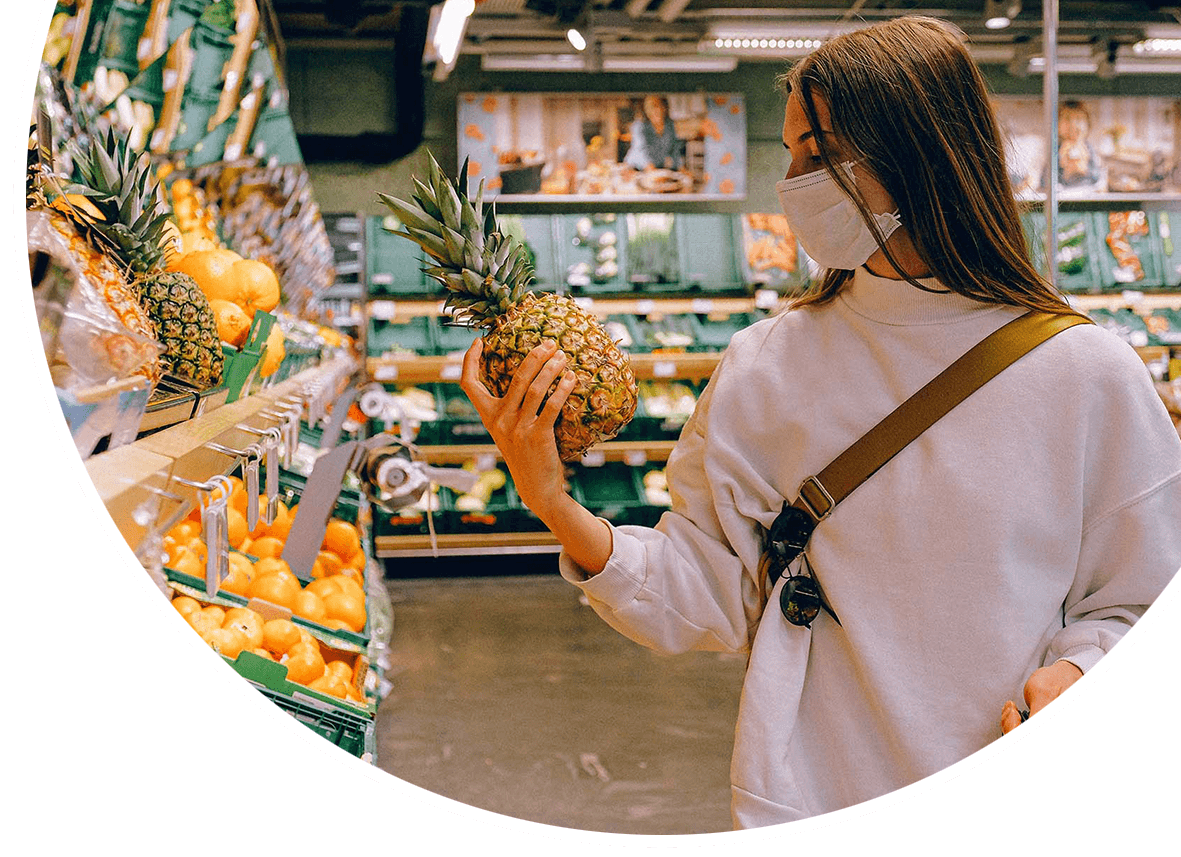Blog

Okay, there is obviously something positive happening in the world—perhaps a global sentiment that things are cautiously, yet optimistically, shifting back to some sort of normalcy.
How do I know this? The omNovos inbox is being flooded with questions regarding all things digital customer engagement.
One inquiry that jumped out in particular has been posed to us by multiple national grocers, asking for advice on how to convey a customer’s value on an individual level. That’s a tough question that deserves a detailed answer—and luckily, not so difficult to solve.
To address this challenge, we must first look at the status quo, or at the very least the history of what has been considered “engagement.”
For ages, points-per-dollar-spent loyalty programs have been the go-to model for the majority of grocery stores. In short, for every dollar spent, a reward of some type is offered as an incentive. Though these have been successful in their own right, these programs in no way address the challenge of an individual customer’s perception of their own value to the store.
So why is that?
To be perfectly blunt, it is only points. The card that a customer keeps in their wallet—or, for more modern entities, the app that tracks points via purchases—is by nature nothing more than a generic marketing/sales initiative. Yes, it can incentivize customers to return-shop at one’s store; however if every grocer offers a similar program, customers will shop anywhere convenient, or where the best available sales are that particular week.
Therefore, the points-per-dollar-spent loyalty program is not actually a loyalty program at all—it’s simply a game of circumstance.
So what do grocers need to embrace, in order to create true loyalty? They need to leverage customer data to create meaningful conversations and interactions, at the most convenient time, for each and every customer.
Given that data is the lynchpin of modern engagement, it of course comes part-and-parcel with a myriad of technology to create the type of loyalty we are referring to.
Firstly, the grocer must create a conduit that connects each customer with the business.
This can be easily done through a pre-built, pre-configured mobile app, or through a fully customized one—that is for another discussion entirely. (For the purpose of this article, and to keep things simple, let’s refer to a generalized mobile app.)
It’s through this mobile engagement app that customers can interact with the grocer, and the grocer can in turn interact with the customer—all the while capturing those interaction as data (aka the Single-User-Profile) that can be automated for the desired outcome.
The secondary part of the technological equation involves the personalization and engagement platform.
It is this platform that represents the connective tissue between systems, data, and customer-facing tools and channels. This marketer-focused platform is what now creates, manages and delivers offers, content and communications directly to customers based on their Single-User-Profile, their real-time interactions and their behaviors—automatically optimizing and personalizing every customer experience.
Notice the difference already? Whereas the antiquated points program says nothing to a customer—it’s simply a controlled lottery winnings machine that delivers meager rewards to the general public—the digital customer engagement approach rewards real people by addressing their individual needs.
Here is an example …
Through digital customer engagement, the grocer now knows quite a lot about each and every customer: their likes and dislikes, motivations, preferred shopping times, and more. This means that offers can be made based on dietary requirements, favorite foods, reoccurring life events such as birthdays and anniversaries … the list is endless. However, that’s not where it ends.
By leveraging Single-User-Profile data, the grocer can now deliver new recipes based on personal tastes, paired with personalized sale items—again, all generated on a per-customer basis. It is here that customers engage more, share more information, and ultimately buy more, as every experience with the grocer is their own.
From up-sell and cross-sell opportunities, to frequency, to greater average basket size, to Customer Lifetime Value—every one of these metrics and so many more now increase. In parallel, the customer now feels valued as an individual, to the point whereby they actually feel disloyal if they shop elsewhere.
This is the win-win scenario that grocers MUST embrace: doing away with old programs to truly solve the question of “How do I make my grocery customers feel valued?”
